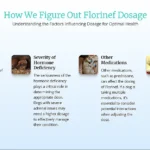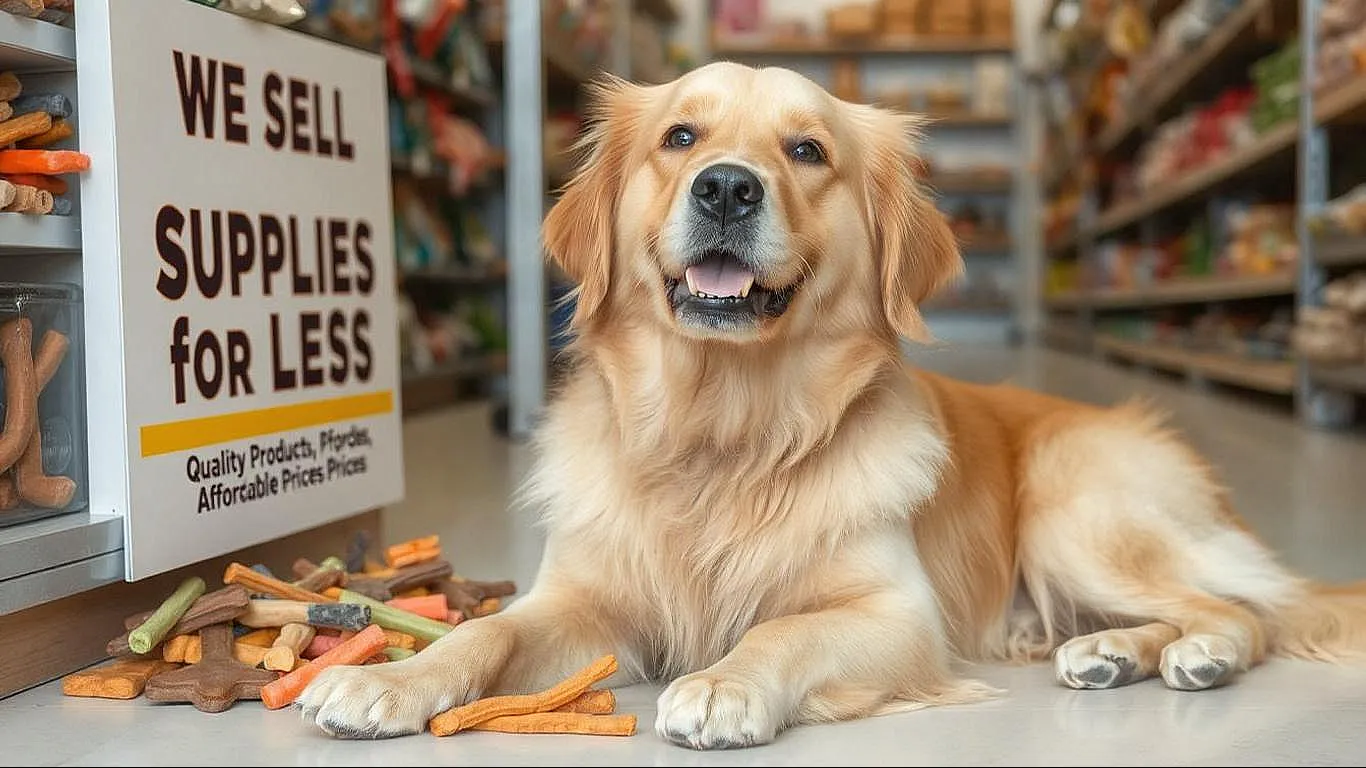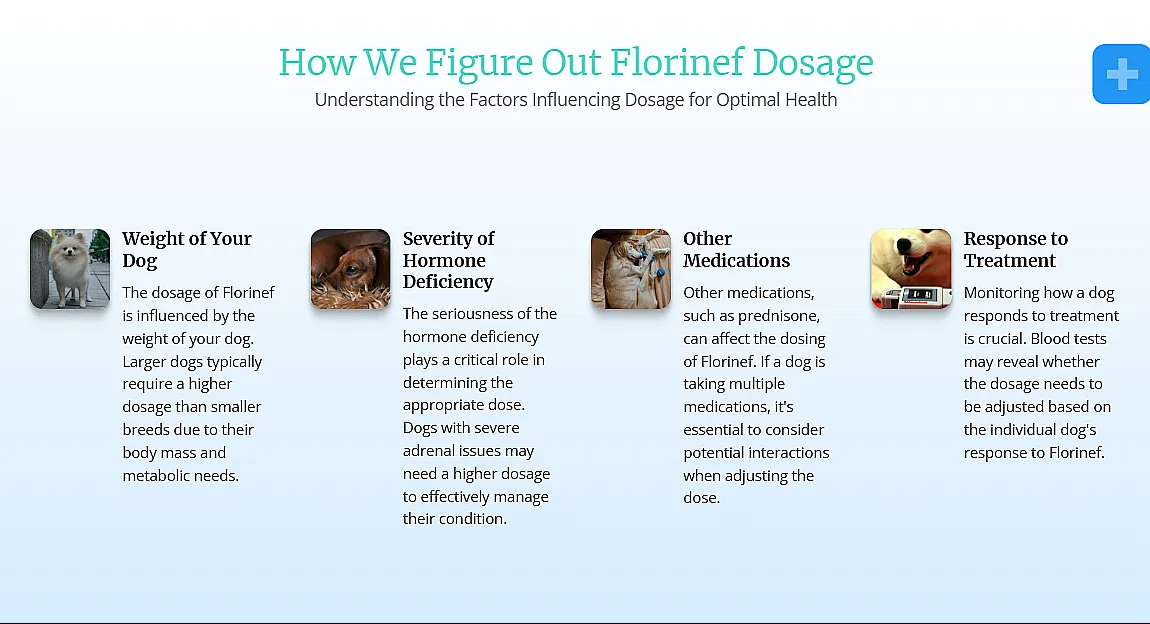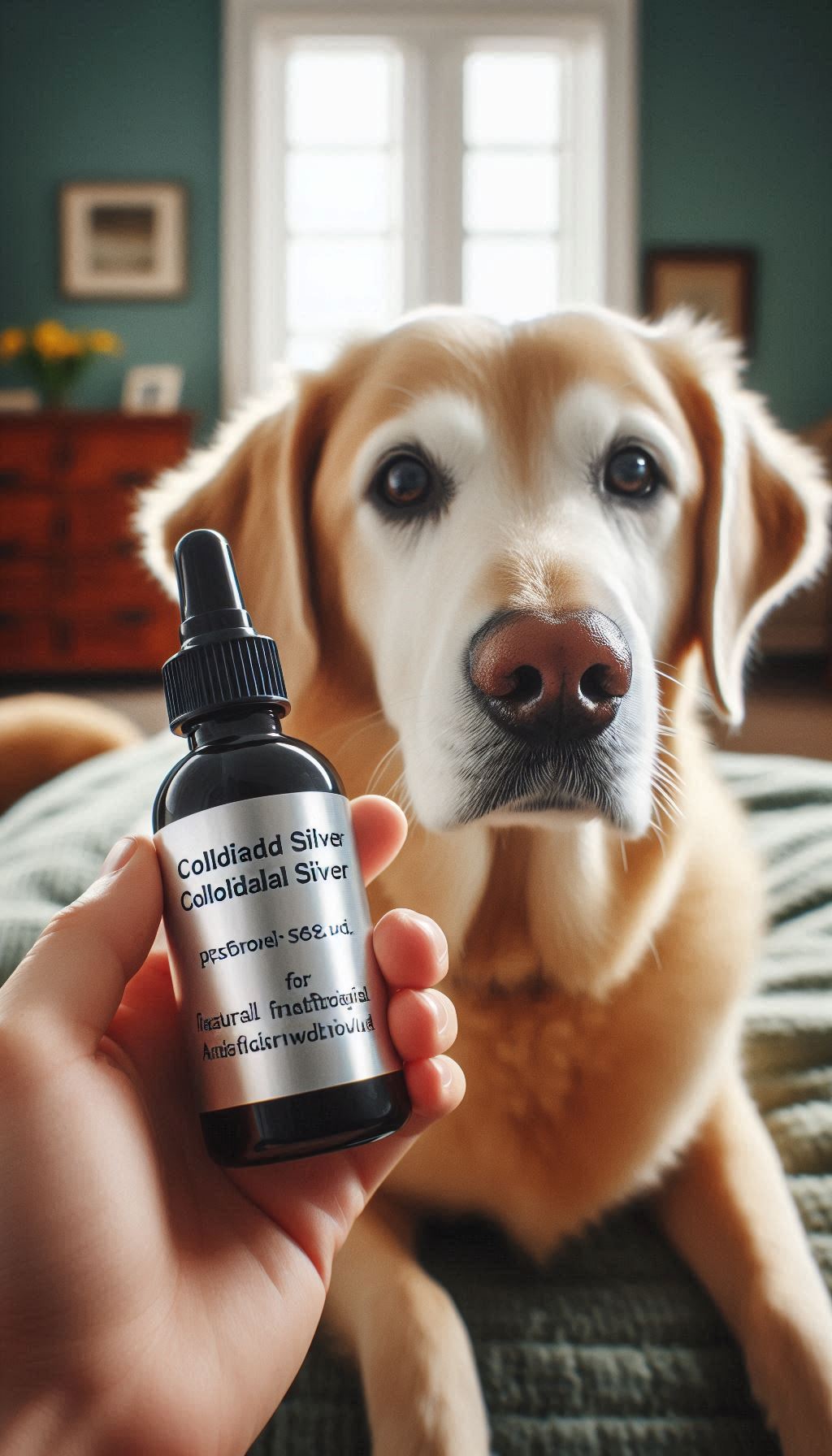Understanding Your Dog’s Separation Anxiety
Understanding your dog’s separation anxiety extends beyond mere pet ownership; it deepens the bond and empathy between you two, furthers communication, and enriches their quality of life. Dogs perceive the world differently than humans. Therefore, a routine as simple as leaving a room can cause confusion or sadness in them; they’re not crying out of spite but due to genuine emotional distress.
The process begins by observing your furry friend’s behavior patterns. Perhaps your ally has been manifesting signs earlier but you have misinterpreted them as mischief or mere tantrums? By anticipating triggers and offering pre-emptive comfort, you could decrease the intensity of their stress reaction over time. This careful observation isn’t just about easing suffering – it provides an opportunity to nuance our language of love with our four-legged companions.
Identifying Signs of Distress in Your Dog
Recognizing signs of distress goes beyond just empathizing with your dog when they cry as you leave the room. It actually plays a vital role in understanding their health and emotional wellbeing. Dogs have unique ways of communicating their feelings to us, but stress signals are often overlooked because they can be quite subtle or mistaken as regular doggy behavior.
Canine behavior specialists advise paying attention to changes in eating habits, incessant scratching or licking, increased sleeping hours, sudden aggression, or even unusual timidness. For instance, your normally energetic Fido’s refusal to eat his favorite snack might be his way of telling you something is off balance. A shift from an excited tail wag towards passivity could be another sign that all is not well in their world. Diving into these small behavioral alterations arms you with the understanding needed for timely intervention and ensures your pup stays happy and healthy!
Reasons Behind Your Dog’s Emotional Behavior
There’s a strong probability that your canine companion is not just acting up – but expressing emotional distress when you leave the room. Dogs are social animals who form intense bonds with their humans. When these bonds are threatened by separation, they can physically manifest signs of anxiety and sadness – like crying or whining.
Understanding this behavior is crucial to foster an empathetic perspective towards our pet’s perspective. Research has shown that dogs possess neural networks similar to us humans, which imply that they experience emotions in comparable ways to how we do. So next time you hear your dog cry as you exit the room, remember it might be their unique way of saying I miss you already. By acknowledging their emotional profundity and adjusting our responses accordingly, we not only strengthen our bond but also contribute positively to their overall wellbeing.
Other Potential Causes of Canine Anxiety
While it’s easy to focus on separation anxiety, it’s worth considering other potential triggers that can lead to overall canine anxiety. Changes in the environment, such as moving homes or introducing new people and pets into your dog’s life, may incite feelings of stress and unease in your pet.
Simultaneously, a stressful past experience like physical trauma or acute neglect can form residual fears leading to nervous behavior. Conditions linked with aging such as dementia can also cause confusion and anxiety in older dogs. It’s essential not only to recognize these factors but also offer empathy and appropriate support. Understanding these hidden causes can make us more responsive towards our fur babies’ needs and help them live happier lives.
Practical Solutions to Ease Your Dog’s Distress
Ditch the thoughts of looming despair whenever you visualize your pup looking gloomily at the door each time you leave. With practical solutions tailored to address this, easing your dog’s distress can become second nature. You remember how a calming voice note helped soothe young Sam when he couldn’t quite yet understand why mom was away? Consider creating an atmosphere familiar to them in your absence, like leaving soft music or recorded messages playing that could simulate the comforting hum of human presence.
A cognitive shift for your pet may come from puzzle toys and distraction exercises that equally stimulate their minds and quell anxiety. Imagine presenting a Monalisa jigsaw puzzle just when nalasopara turns into a ghostly drag – doesn’t boredom seem miles away? In a similar sense, comfort-seeking pets may find solace in engaging activities which detracts them from stress-pointers while advancing their mental prowess.
Your dedication can set new milestones in trying times like these. After all, Leonard da Vinci didn’t create masterpieces overnight; it was consistently channeled love for art that led to perfection over time! Your consistent, patient approach could uncover paths you never fathomed possible—from replacing panic with peace as Fido learns to bid goodbye gracefully, to introducing friskiness where dread once ruled.
Professional Help for Severe Cases
Delving into the more serious spectrum, some dogs may exhibit extreme separation anxiety that goes beyond a bit of pining when you step out. It manifests in relentless howling, destructive behavior, and even self-harm in some heartbreaking cases. This level of distress isn’t just emotionally tormenting for your pet; it can take a toll on your mental wellbeing too, seeing your beloved companion suffer each time you have to leave.
In such severe instances, seeking professional help is not just beneficial – it’s essential. A certified animal behaviorist or veterinarian can be invaluable in these circumstances providing specialized strategies and possible medication options for managing the situation effectively. Their intervention means a safe space for recognizing symptoms early and promptly addressing them before they escalate further, paving the way towards a healthier coping mechanism for your furry friend.
Conclusion: Strengthening the Bond with Your Pet
The emotional bond between you and your dog creates an intricate chain of dependency which we must carefully manage. Alone time can often consequentially appear threatening for our pets triggering anxiety similar to how a child feels when left by their mother. Therefore, it is vital to help them understand that your absence is but temporary.
Strengthening your bond with your pet does not necessarily mean increasing the time spent together; rather, it’s about improving the quality of shared moments. Encourage exploration in shared environments, use positive reinforcement techniques to reward independent behaviors, and maintain a predictable routine for them. Try these practices as they pave the way for healthier bonding with peace as you step out of that room – knowing well that both you and your furry friend thrive independently yet are connected inseparably through the cordial bonds of love and trust.










